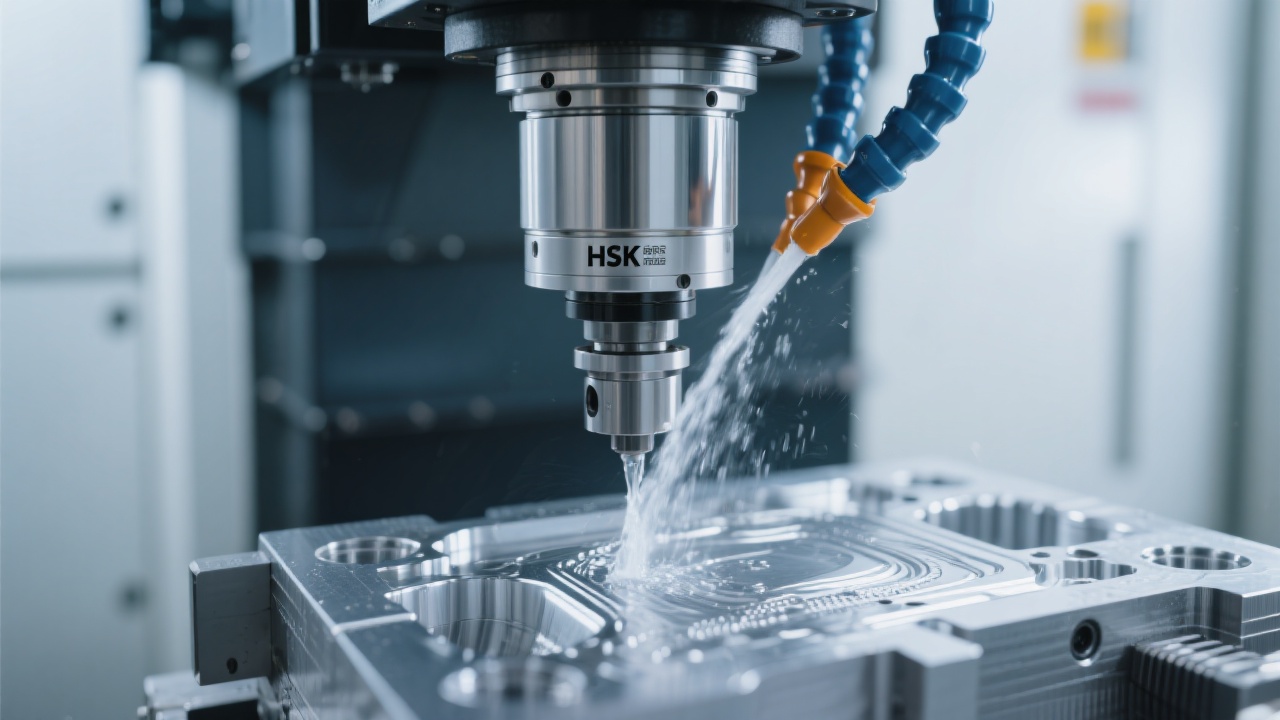
You’re likely familiar with the challenge: producing high-quality shoe last molds—especially those with complex curves like high heels or performance footwear—requires not just skill but precision that traditional three-axis machines struggle to deliver. Common issues include surface roughness, dimensional inaccuracies, and excessive manual finishing. These aren’t just cosmetic—they directly impact production time, tool wear, and customer satisfaction.
Unlike standard three-axis systems (X/Y/Z), five-axis machining adds two rotational axes (A/B or C) that allow the cutting tool to maintain an optimal angle relative to the mold surface throughout the entire process. This means no more repositioning the part multiple times—just one setup for full coverage of intricate geometries.
| Process Step | Traditional 3-Axis | Five-Axis Solution |
|---|---|---|
| Setup Time | 3–4 times | 1 time |
| Surface Finish (Ra μm) | 6–10 μm | 2–4 μm |
| Cycle Time Reduction | N/A | Up to 40% |
Real-world results show this isn’t theoretical. One mid-sized mold maker in Vietnam reduced their average delivery cycle from 7 days to 4.2 days after implementing a single five-axis machine for prototyping and small-batch runs. Their error rate dropped from 12% to under 3%, and they reported higher client retention due to consistent quality across different models.
If you're managing multiple SKUs per month—whether it's custom wedding shoes, athletic soles, or luxury leather styles—the ability to minimize setup errors while maximizing consistency is game-changing. You’re not just improving surface finish—you’re reducing scrap, speeding up iterations, and making your factory more agile for fast-fashion trends or OEM orders.
And here’s what many overlook: five-axis systems support continuous toolpaths without stopping for reorientation. That means less downtime, fewer manual interventions, and better utilization of skilled labor—all critical when scaling operations on tight margins.

Still unsure if it’s right for your operation? Start small—a single product line or a pilot batch. Test how your team responds to the new workflow. Then scale based on real data, not assumptions.
Your shoe last molds can be more precise, faster to deliver, and easier to reproduce consistently. And that’s exactly what global buyers are looking for—not just cheaper parts, but reliable partners who understand complexity.

